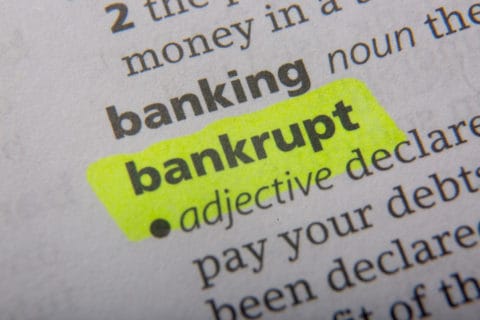How Does Bankruptcy Impact My Unsecured Debt?
Unsecured debt is a loan that is not backed by an asset. Bankruptcy is the legal process of discharging your debts when you are unable to repay them. In bankruptcy proceedings, the court will distinguish between secured and unsecured debts. The following information will help explain how bankruptcy impacts your unsecured debt:
Examples of Unsecured Debt
The most common example of unsecured debt is a credit card. Other common types of unsecured debt include student loans, medical bills, utilities, and health club memberships.
Discharging Debt
Bankruptcy allows you to discharge certain specified types of debts. Discharging debt means that you are no longer legally required to pay any debts that are discharged by the court. It is a permanent order, so creditors cannot take any form of collection on your debts after they are discharged. This includes legal action and any form of communication with you about the debt.
Bankruptcy and Unsecured Debt
The Bankruptcy Code details what types of debts may be discharged in bankruptcy. The most frequently discharged debts are those that are unsecured. Credit card debt, medical bills, personal loans from friends or family, and past due utility bills are usually discharged in bankruptcy. Student loans, another example of unsecured debt, are rarely discharged through bankruptcy proceedings, except in very limited circumstances.
Difference Between Chapters 7 and 13
The Bankruptcy Code specifically exempts certain types of debts from being discharged in bankruptcy. There are 19 categories of debt that are excepted from discharge under Chapter 7, but it is a more limited list for Chapter 13.
Are you considering filing for bankruptcy? A bankruptcy lawyer is the best source of information and for helping you decide which chapter you should file under. At Cutler & Associates, Ltd., our bankruptcy attorneys have more than 25 years of experience helping clients in the greater Chicago land area resolve their debt problems.

